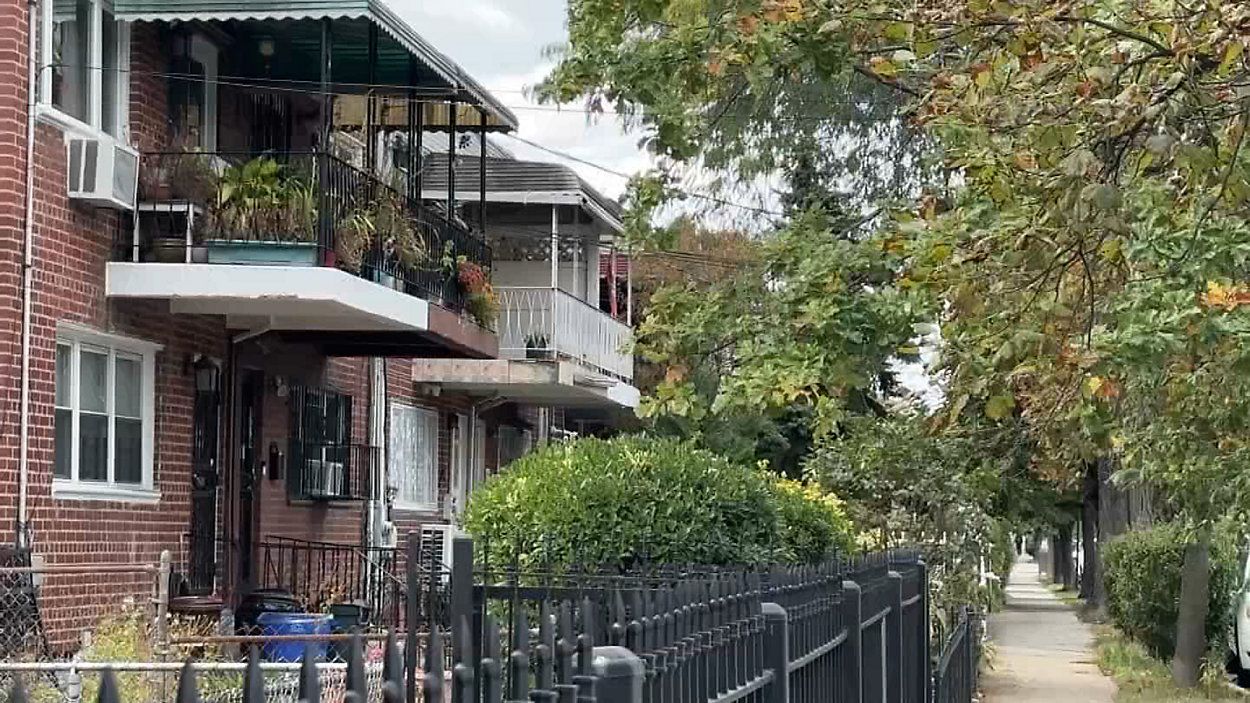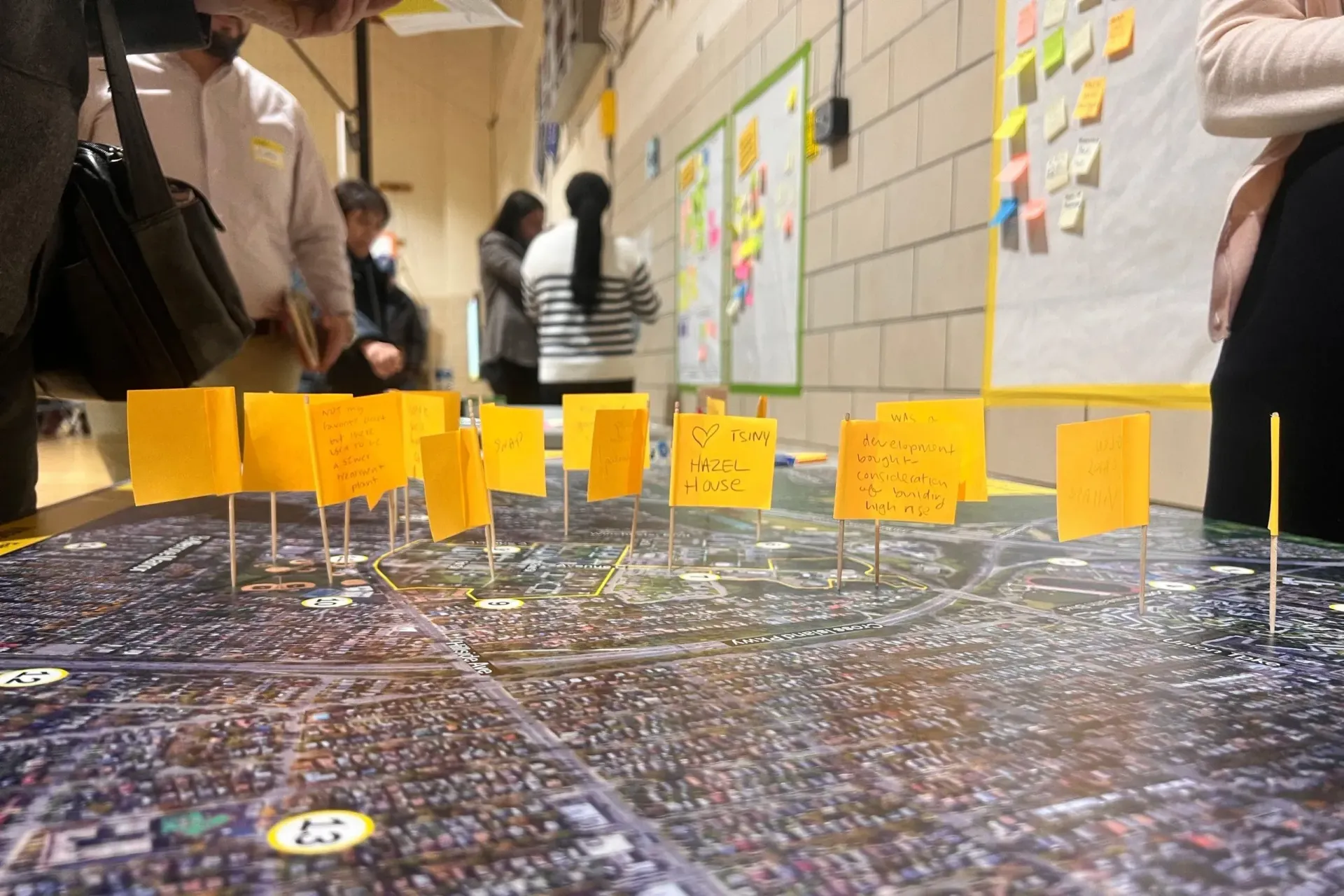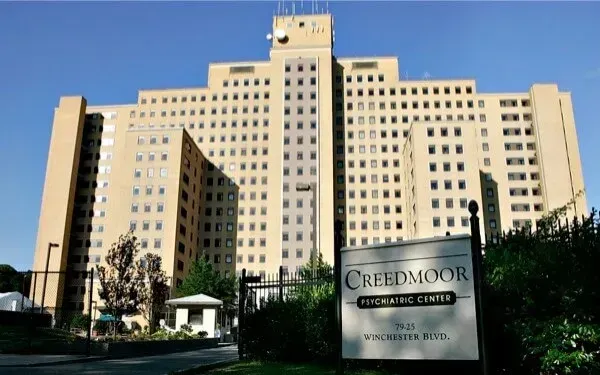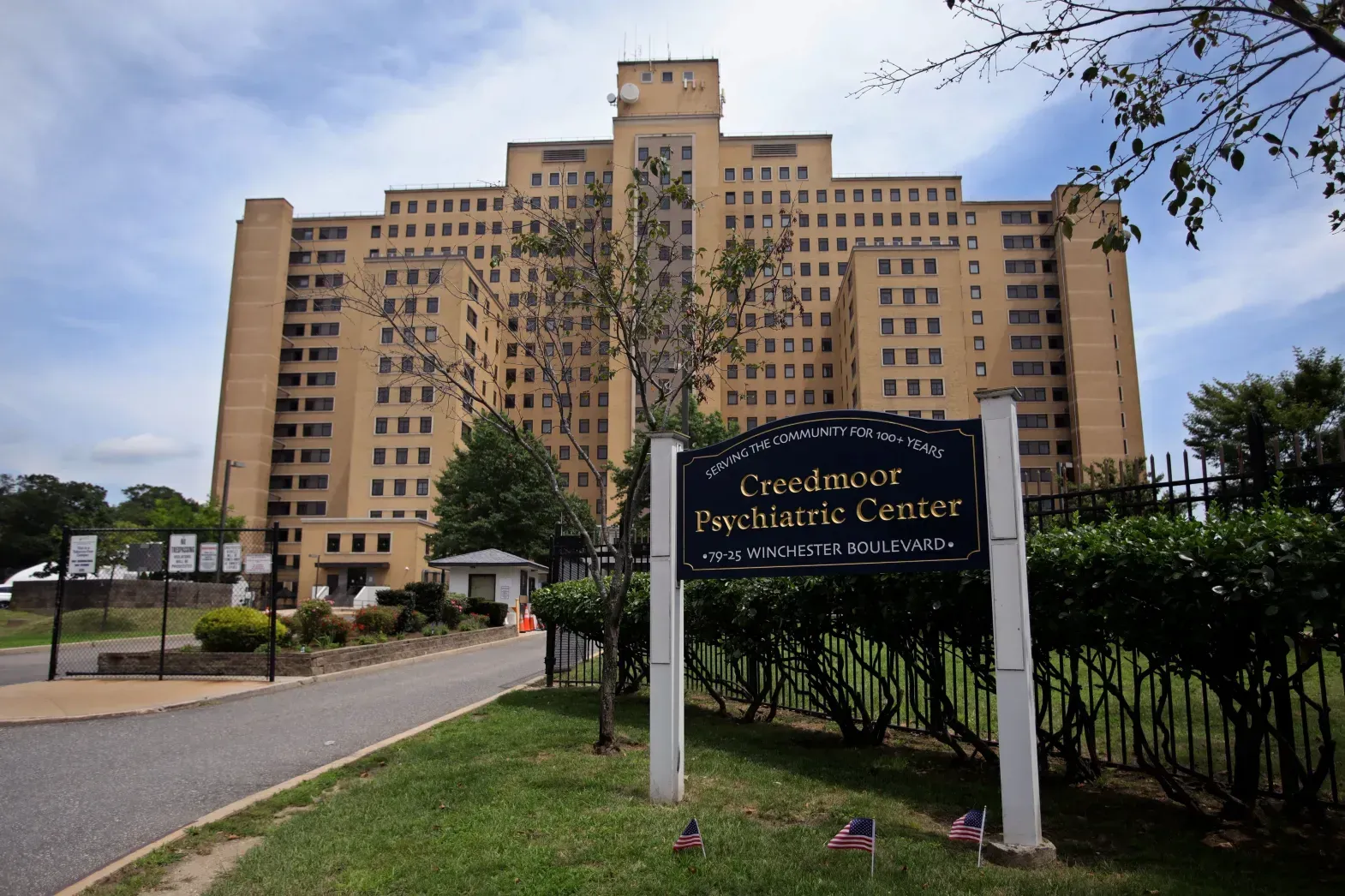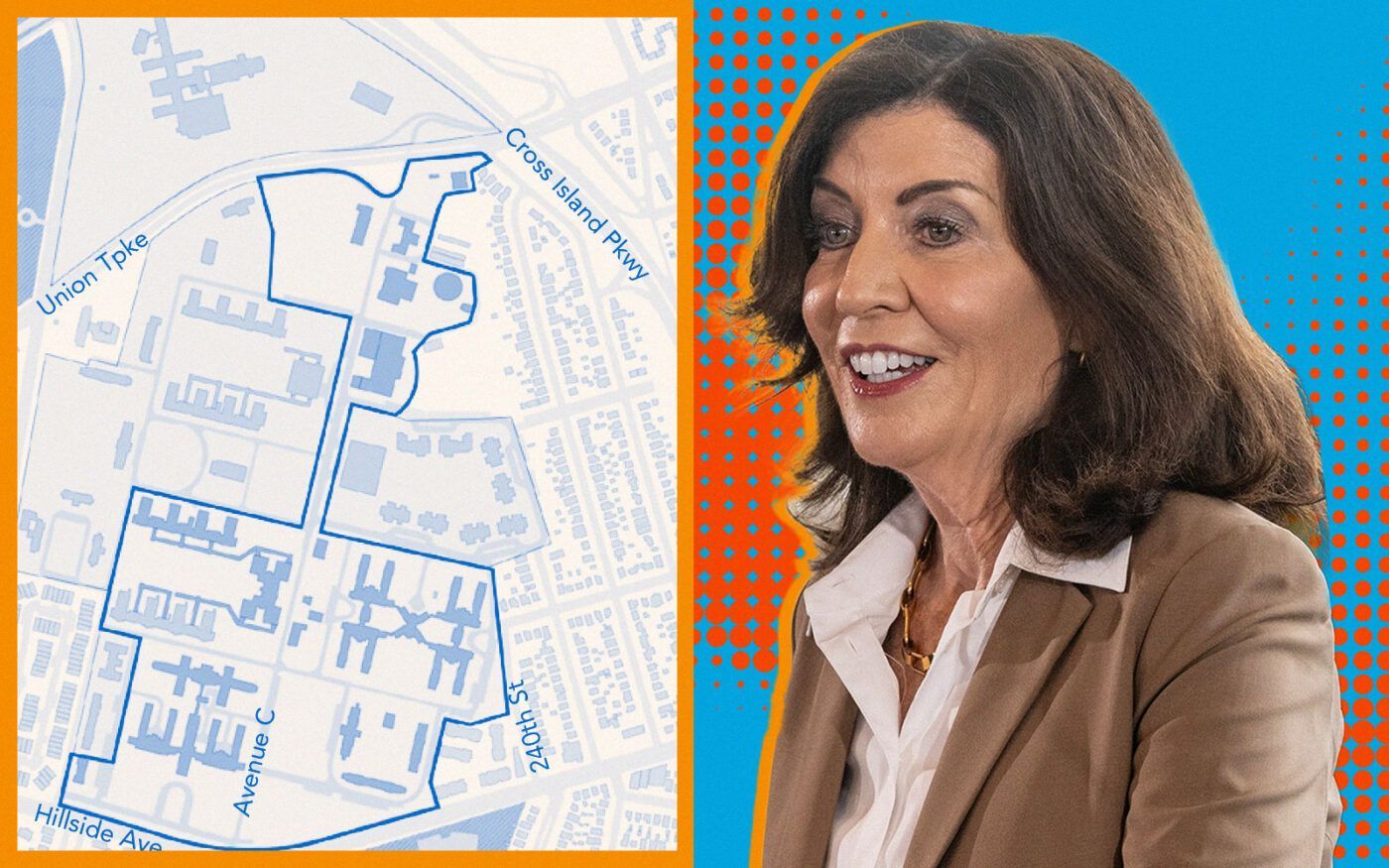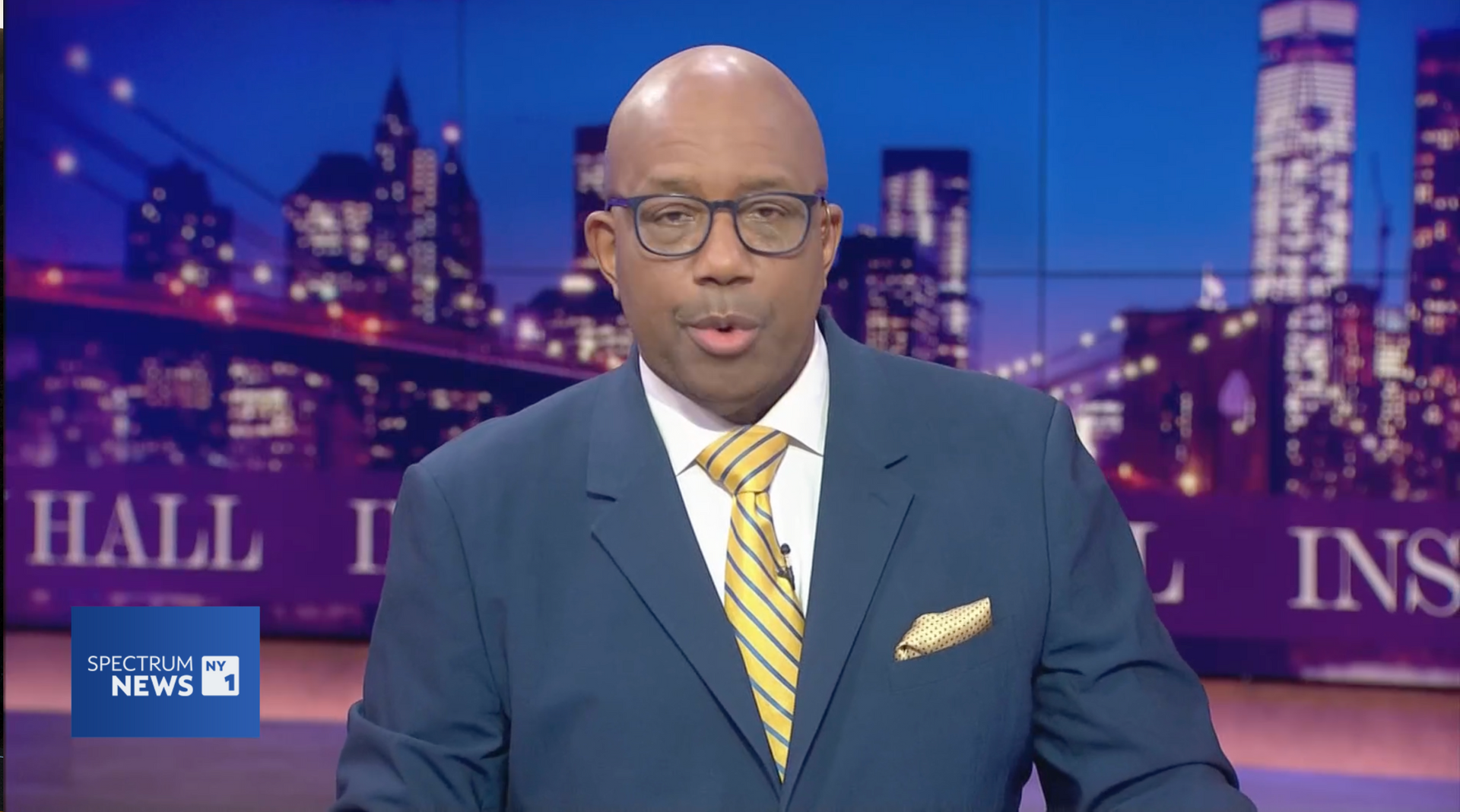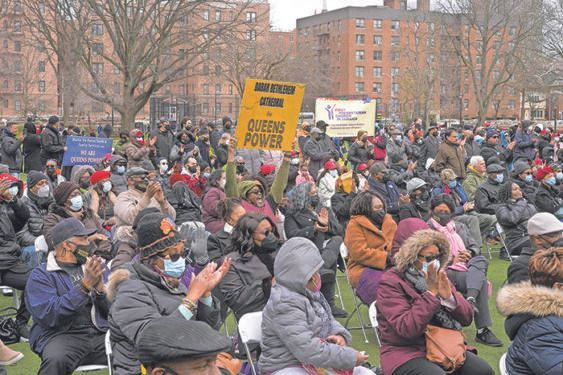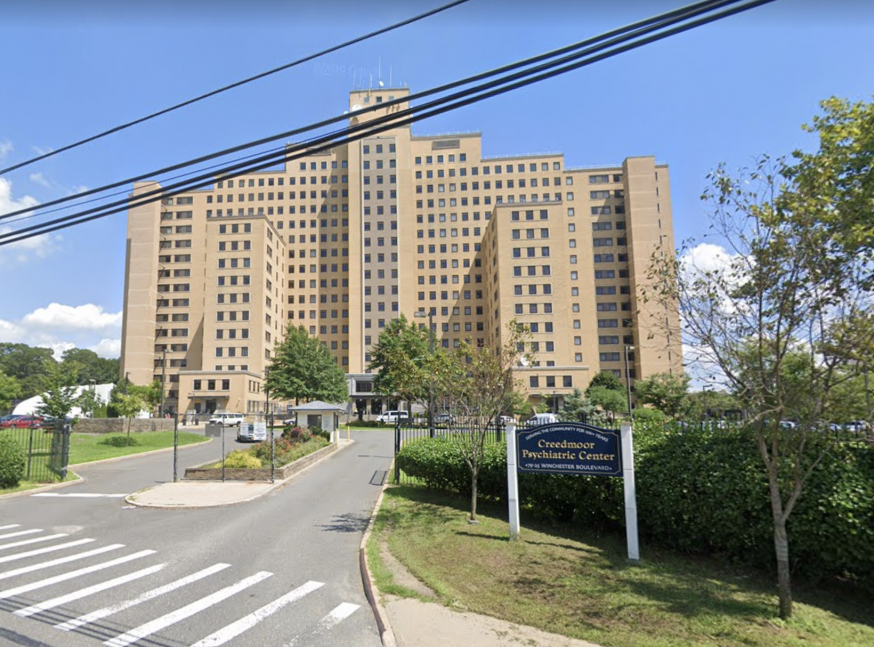Delving into the media coverage of the Public Land For Public Good campaign.
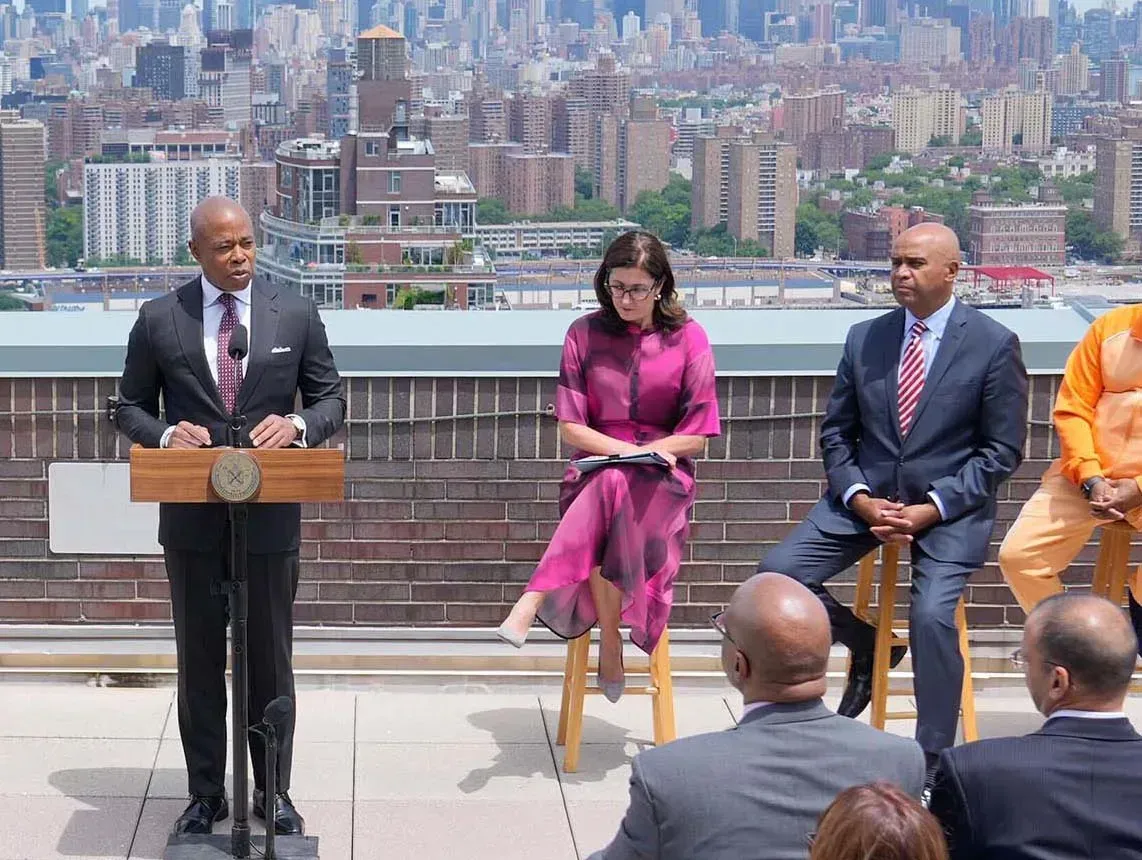
OPINION | Hiding in plain sight, a housing solution
The conventional wisdom declares that, after four decades of renovation and new construction, the only way to increase the number of affordable housing homes and apartments in New York is to maximize density. The same conventional wisdom asserts that the best way to expand this pool of desperately needed housing is to make developers include a percentage of affordable units in their high-priced market plan.
As usual, the conventional wisdom is, for the most part, wrong.
Hiding in plain sight are almost unlimited numbers of sites where 100% affordable homes and apartments could be built. For instance, the city is loaded with hundreds of unused parcels and vacant buildings owned by religious institutions that have dwindled in size or even closed. Some enterprising private developers have begun to snap these sites up, largely for market-rate housing
The city needs a streamlined process of analysis, financial assistance and subsidies to unlock these sites — which exist in every community, no matter the income level or racial make-up. These sites present an unprecedented opportunity for achieving manageable increases in affordable housing in areas that are otherwise too expensive for the vast majority of regular New Yorkers.
In other words, this is possibly the last, best chance for the city to remain economically and racially integrated — a chance that decreases with every day that passes without a robust and focused strategy to repurpose these sites and facilities for the New Yorkers who need housing most.
In addition, there are scores of sites within NYCHA developments that would be ideal locations for an increase in affordable senior housing — essential because it would free up existing NYCHA apartments for larger families now stuck in the city’s shelter system and because the senior population continues to grow in the city. Metro IAF pushed for this strategy during the previous administration, without success.
The current administration seemed more open to this approach, but NYCHA’s limited development team is incapable of implementing an aggressive expansion of this approach. Three or four such developments are built each year — all eagerly filled — but a yearly total of 20 or more developments of 80-to-100 units each would be a more robust response.
We have said it before, but it bears repeating: This is by far the most affordable and most effective way to pop the cork that keeps seniors stuck in apartments they now struggle to maintain and prevents families from moving from shelters and other substandard housing into NYCHA units freed up by seniors who move into buildings with the services and support that they need.
Finally, there are sites owned by the city, state and federal government that have languished, in some cases for decades, waiting for a bold strategy of new construction.
The city alone, according to a 2018 study done by then-Comptroller Scott Stringer, has 1,000 sites of varying sizes. That was a follow-up to a 2016 study that found more than 1,100 such properties. In other words, in two years, despite a historic housing crunch, 90% of the vacant lots in the municipal government’s inventory remained undeveloped. These sat woefully unutilized, said Stringer’s audit, for at least 20 years, some “up to a half-century.”
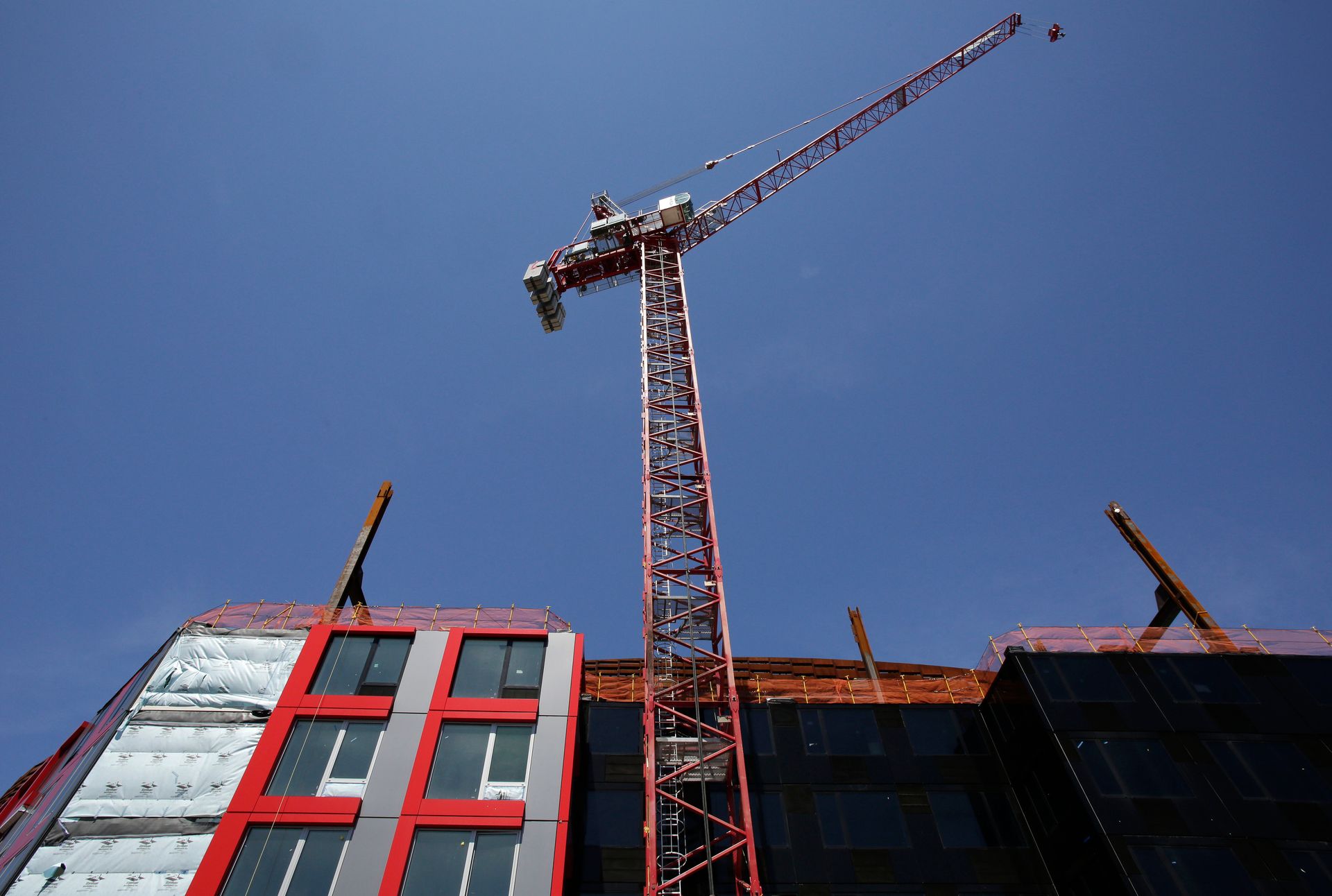
The state controls many such sites too, but it isn’t doing the kind of urgent review necessary to release them for development or build affordable housing on its own.
One huge case in point: the largely abandoned Creedmoor Psychiatric Center site, totaling around 100 acres, in eastern Queens. Metro IAF has proposed building more than 3,000 high-quality affordable homes and apartments there. The state has promised to issue a Request for Proposals, but not, according to a state official, until “sometime in 2023.” This tentative, slow pace reflects the anxiety elected officials feel when several local civic groups, adept at NIMBY tactics, scream bloody murder about the erroneous assumption that local property values would plummet.
There’s no evidence that this would be the case and every sign that property values would remain stable or even increase, as they have done in the communities adjacent to the Spring Creek development that Metro IAF affiliate East Brooklyn Congregations and Monadnock Construction are now completing.
In addition, the city should contact the General Services Administration and see if any large federal sites, like downsized military locations, would be available for affordable home construction. The Kingsbridge Armory has sat vacant for decades. Plan after plan to revitalize it has come and gone. Does no one have the imagination and wherewithal to transform it into housing?
All of these opportunities and more depend on well-staffed housing teams at the city and state levels, as well as an expanded commitment of subsidy dollars to make these developments possible. While these costs would be significant, they pale in comparison to the current dynamic — exorbitant spending on hotels and shelters, all made necessary by the unwillingness to create the next generation of permanent, stable, affordable housing for regular New Yorkers.
This is yet another area where there is no outside person or institution — no Texas governor, no federal regulator, no private sector monopoly of available land — that can be blamed. This is another home-grown crisis that calls for a home-grown solution.
The mayor and governor need to invest the time, energy, resources and creativity necessary to unclog the affordable housing pipeline and to unleash a strong new flow of affordable homes and apartments. Until they do, regular New Yorkers of all races, but particularly African-American and Hispanic residents in places like Bed-Stuy, Bushwick, Mott Haven and a dozen neighborhoods like them, will continue to head for the suburbs or other states because they simply can’t afford the costs of housing in the city.
The existential crisis faced by our school system — a steady loss of students — is in our view directly linked to the lack of affordable housing options for families with school-aged children. We faced and reversed a version of this same crisis in the 1980s and 1990s when our East Brooklyn and South Bronx affiliates first built thousands of new Nehemiah homes, attracting families and filling local schools threatened with closure with new students. We recall the principal of a shrinking DOE school on Mother Gaston Blvd. in Brownsville moved to tears when EBC built 700 homes in the blocks near her school — stabilizing and then increasing the student population.
Build them, and working families of all races will come, or remain. Don’t build them, and the developers eager to build luxury housing at impossibly high rents will fill the vacuum and reconfigure the city in ways that will be impossible to reverse.
Peter Goldmark once wisely said that New York has a tendency to take its successes for granted. It took visionary leadership and unprecedented investment by then-Mayor Koch, a generation of extraordinary government housing professionals attracted to that vision and investment, along with the dedication and persistence of a wide range of non-profits organizations focused on production, to stop the bleeding and bring New York’s struggling neighborhoods and schools back to life. That often contentious and argumentative team spurred an unprecedented period of new and renovated housing work — in some years outspending and outbuilding the next 50 American cities combined.
We need those same qualities from both the mayor and governor now.
Brawley is the senior pastor of St. Paul Community Baptist Church and Co-Chair of East Brooklyn Congregations. Cruz is the pastor of Monte Sion Christian Church and Co-Chair of Manhattan Together. Both organizations are affiliates of Metro Industrial Areas Foundation.
